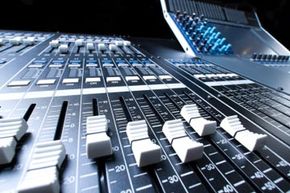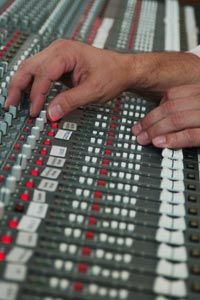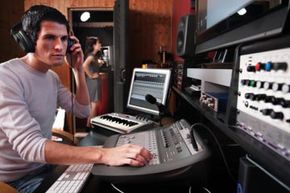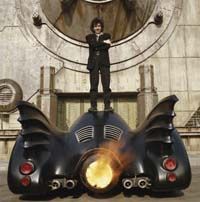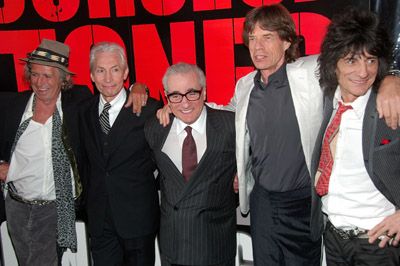When we're given a delicious plate of food at a fancy restaurant, we can savor the wonderful medley of flavors without fully realizing the skill that went into choosing the different ingredients. The same could be said of hearing a great song on the radio. We probably hear the final polished product without realizing the enormous amount of work that went into it. Sure, most people know that writing and rehearsing a song takes work for musicians, but fewer realize the time and skill that goes into the engineering side of the recording process.
To explain, consider the evolution of music recording over the 20th century. Before the 1950s, recording a song always depended on musicians and singers performing over and over again together until they got the "perfect" take -- or at least the best. In this tedious process, if someone made a mistake, everyone had to start all over again.
Advertisement
This was the case until musician and innovator Les Paul started experimenting with recording over himself so that he could play multiple parts in the same song. In 1954, Paul convinced a company that made recorders, Ampex, to build him a 3-track recorder. This was the first multitrack recorder, which allows different "tracks" or channels of sound to record and playback synchronously (the vocals on one track, guitar on another, and so on). Each track can be rerecorded or deleted without affecting the other tracks.
Multitrack recording soon started to revolutionize the recording industry. The 4-track recorder became common by the 1960s. Innovators like the Beatles, the Beach Boys' Brian Wilson and producer Phil Spector took advantage of multiple tracks, experimenting with the new sounds they could create. The Beatles' John Lennon even decided to splice together two different versions of the song "Strawberry Fields Forever," meaning their producer George Martin constructed the final product from two four-track recordings. It didn't take long for eight-track recorders to become the industry standard.
Even since the 1990s, when the industry completely switched over to digital recording from analog tape recording, the multitrack process has only gotten more sophisticated. Now, the 24-track recorder is standard. But these can even be linked together to have 48 or 72 tracks if necessary.
We'll delve more into the process for a deeper appreciation of the engineering side of modern music recording.
Advertisement
